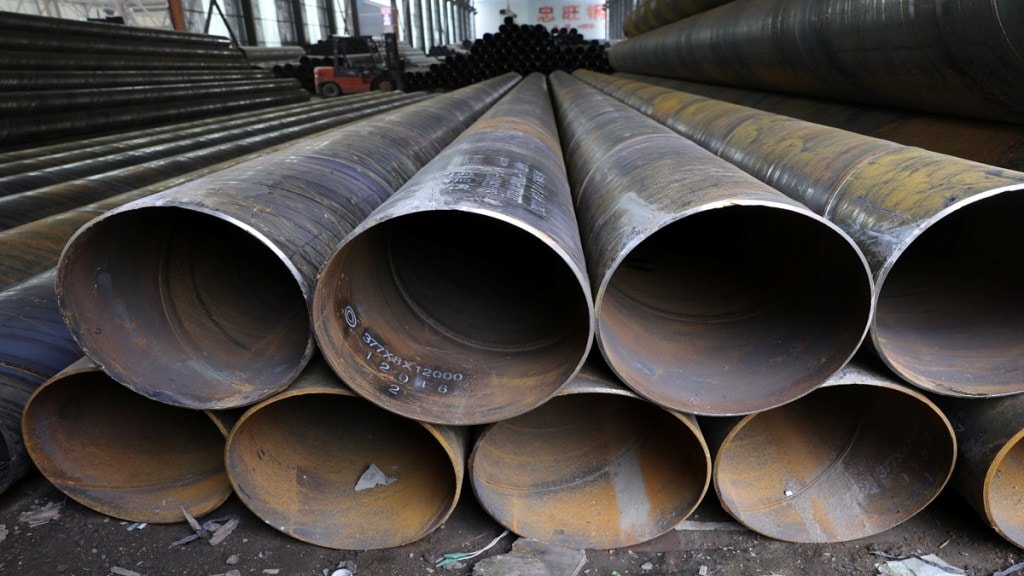Recent new reports about a plan to impose 30% export duty on low-grade iron ore (<58% Fe content) effective October evoke a sense of déjà vu. In May 2022, a 50% duty was put on outward shipments of such powdery minerals, which are not fit for direct use by domestic blast-furnace (BF) plants, but the levy had to be withdrawn in less than six months. The revocation of the levy in November 2022 followed reports of large-scale job losses, a strong reaction from potential bidders for mines put up for auction, and a piling up of sub-grade fines at mining sites. The viability of mining operations was threatened, with potentially irretrievable loss of exports markets and forex earnings.
Duty Backlash
The latest move is intended to benefit domestic pelletisers, sponge iron units, and even some BF units in items of better feed availability, and lower input costs. A chain effect is expected to lift the short-term fortunes of downstream steel users as well. The argument for such an export tax—high-grade lumps are already subject to a 30% levy—is that policies must spur domestic manufacturing and exports of value-added stuff, rather than encourage the shipping out of raw materials, especially exhaustible natural resources. This could, however, be flawed policy, as it’s not necessarily true that the maximum value creation takes place at the stage of finished products. Employment intensity of an activity must also be a crucial policy determinant.
Jobs vs Growth
In this case, iron ore producers warn of job losses to the tune of half a million. Mining by nature is job-intensive—it can generate jobs 13 times the agriculture sector and six times the manufacturing industry, for every 1% increase in gross value added (GVA). What the policy-makers must look into is whether the export controls are in the long-term interests of India’s mining and steel industries, the assorted users of the alloy, ranging from safety-pin and white good units to automobile makers and the railways.
India is already the second largest producer of crude steel behind China, but it still has rapid strides to make. It turns a net exporter of the fundamental building material in one year, only to lose the tag in the next. The country’s per capita finished steel consumption of 98 kg is much below the world average of 221 kg, and far lower than China’s 635 kg. That and the rapid pace of infrastructure creation make it essential for the country to raise its steel capacity from 200 million tonne (mt) at present to 300 million tonne (mt) by 2030, as projected in the National Steel Policy, and even further in the subsequent years. Such a pace of capacity creation would require massive investments and involvement of foreign capital and technology. Policies that will rein in costs are central to the success of the plan to build a world-beating steel industry, and herein lies the importance of ensuring abundant supply of ore, the key raw material that is domestically available. The current policies are highly restrictive of the iron ore sector, and stifle investment potential. This is evident from the production stagnation in Karnataka for the last decade and more, and modest output from Goa, after a year of complete cessation of mining there. Steel industry has a high multiplier effect on the economy. It should not be hamstrung by short-sighted policies.

